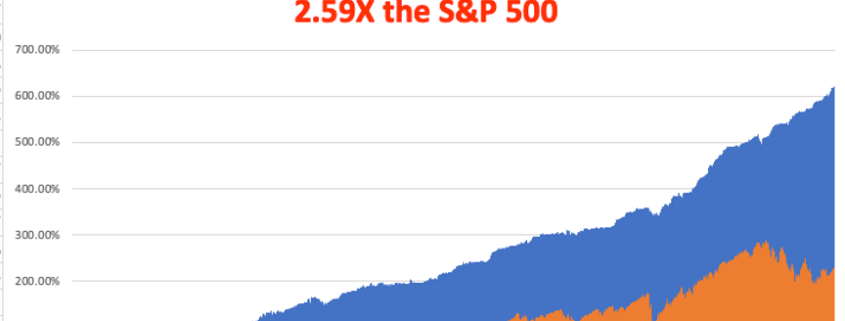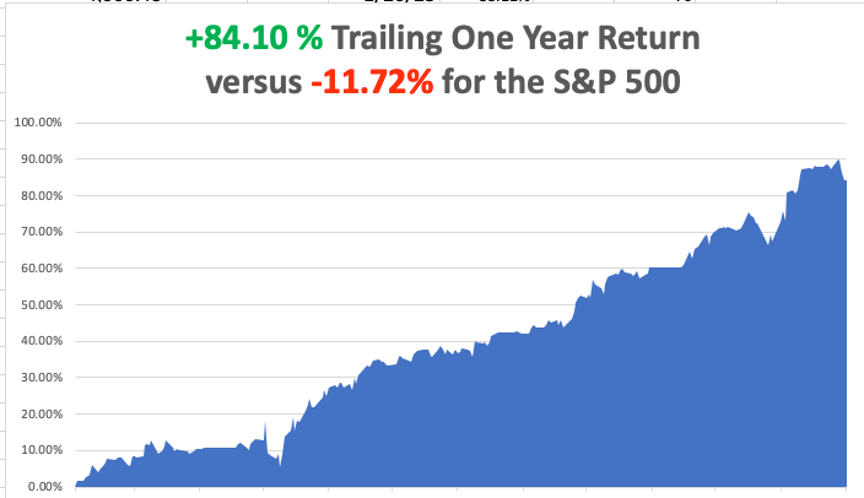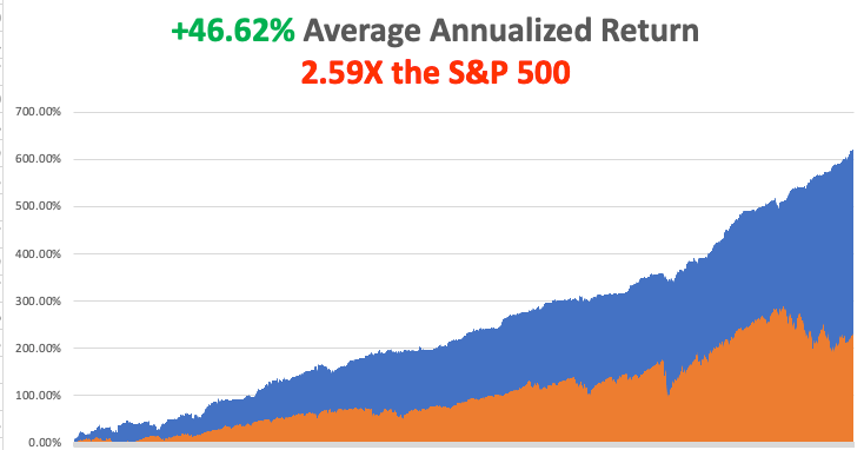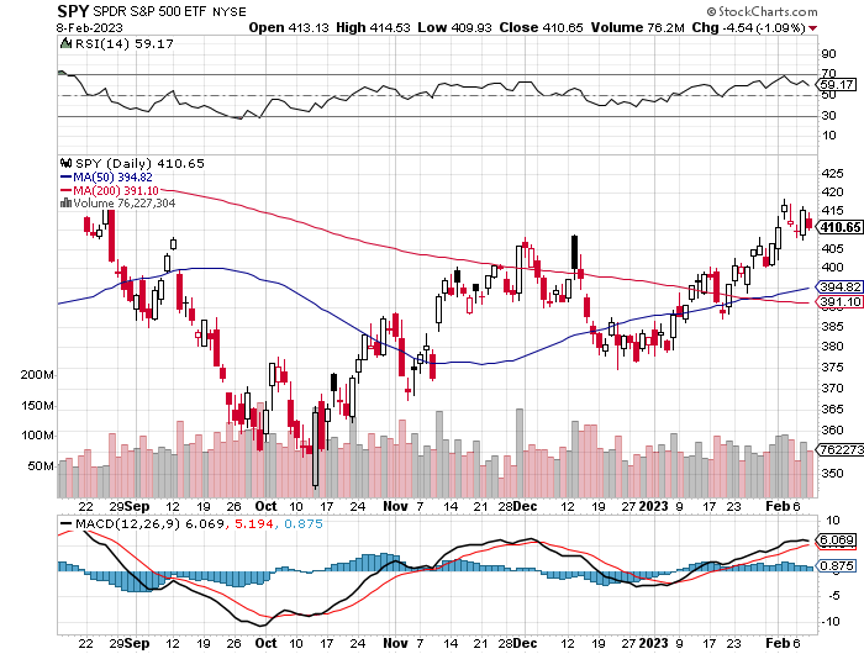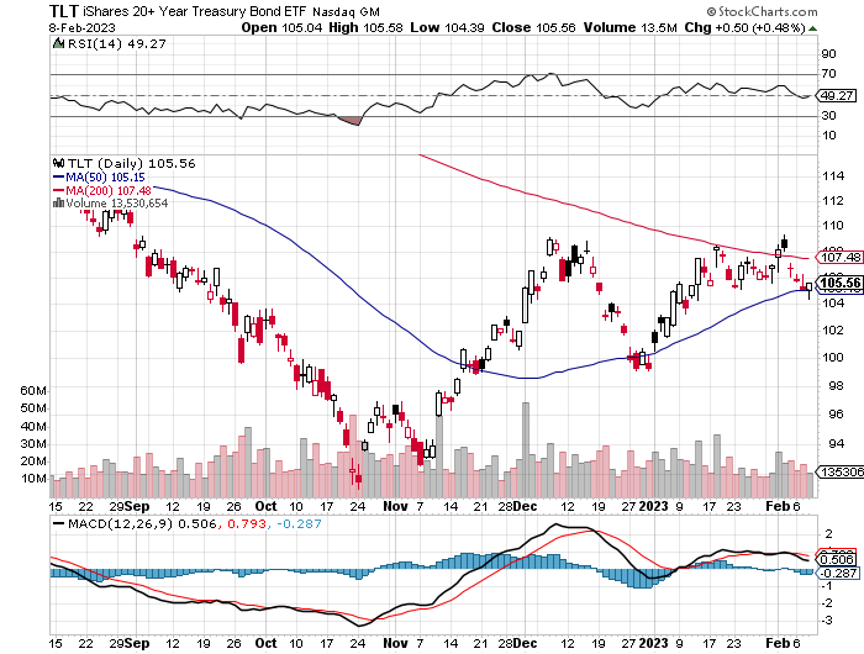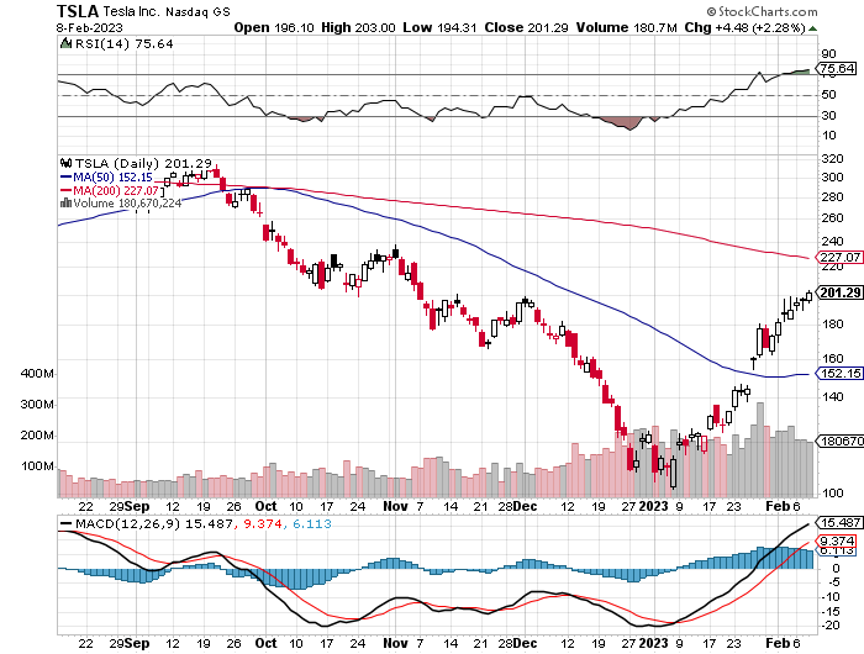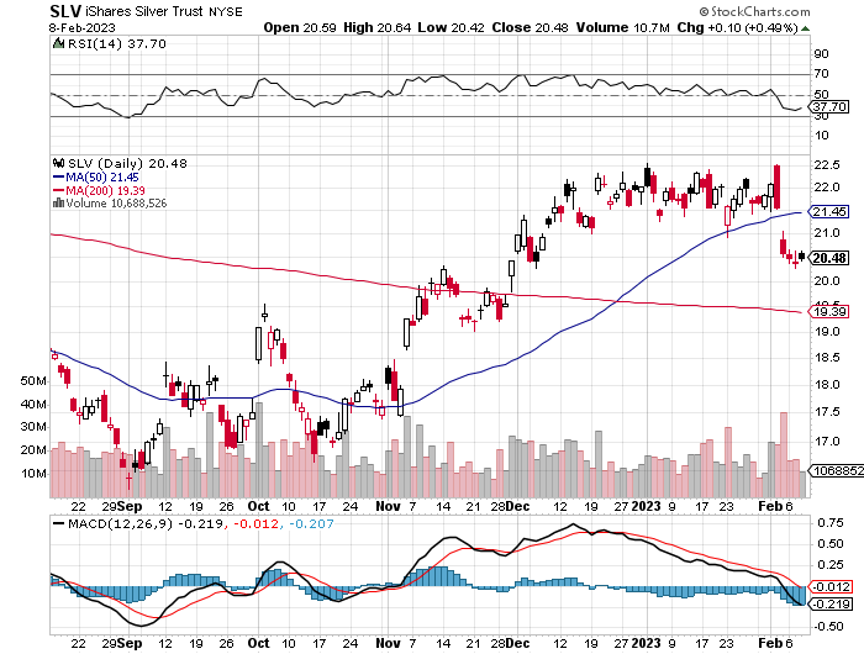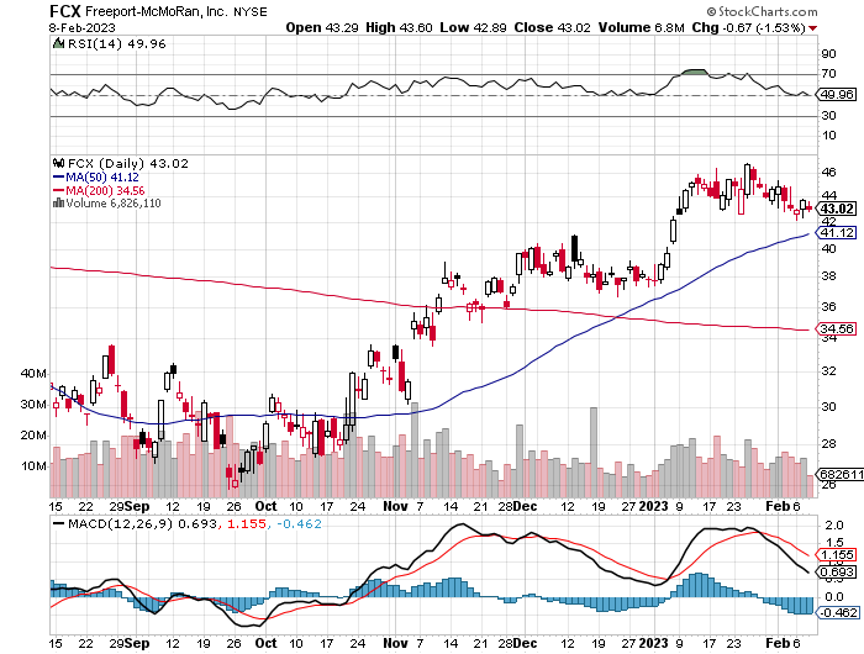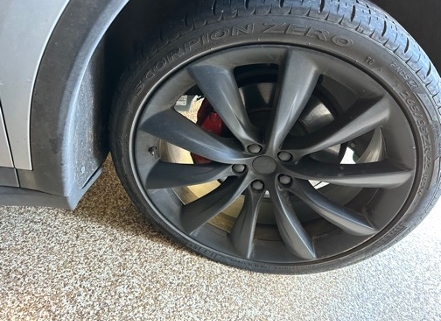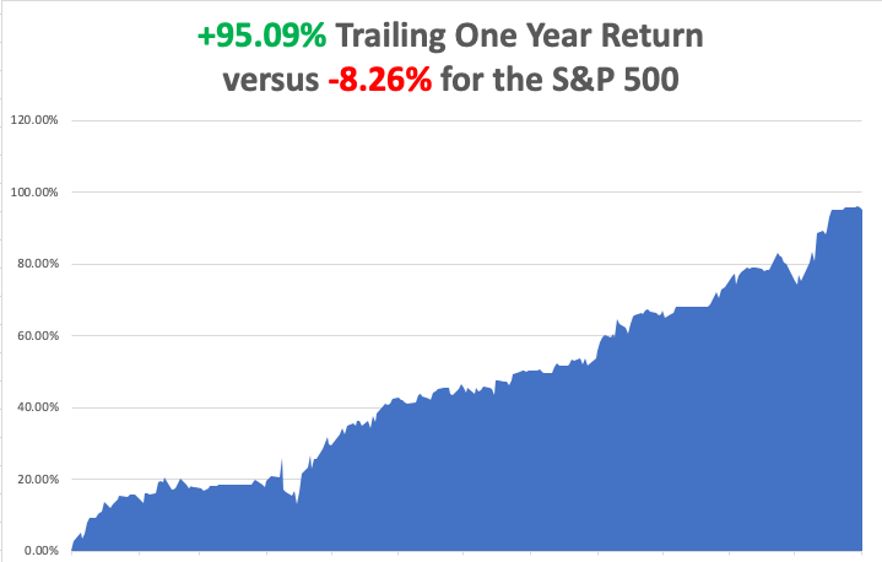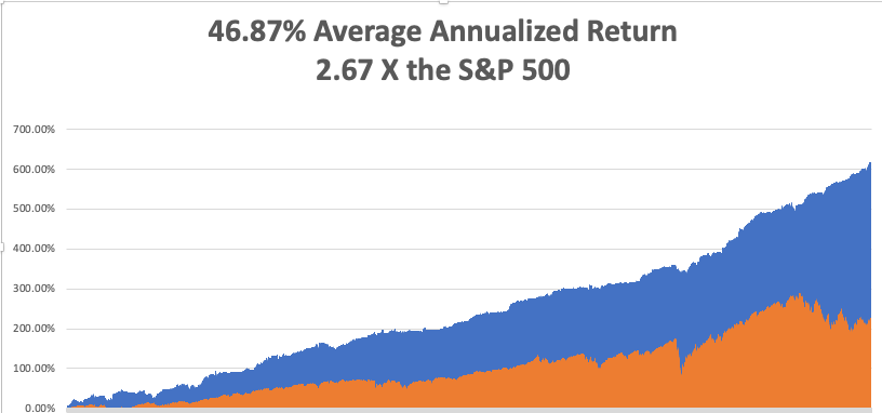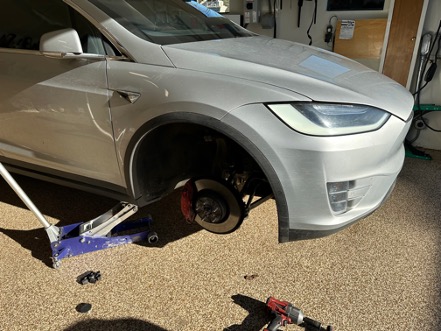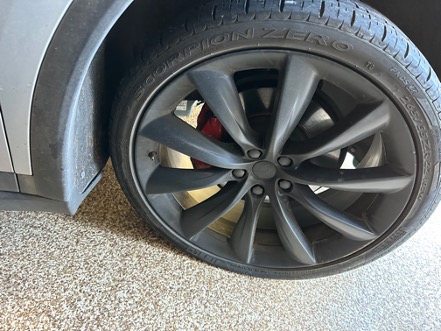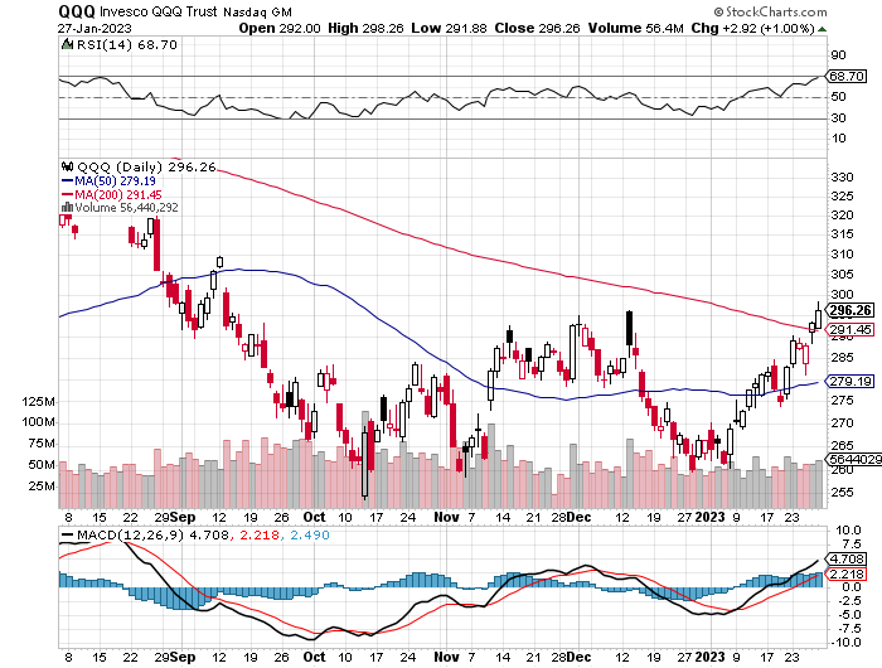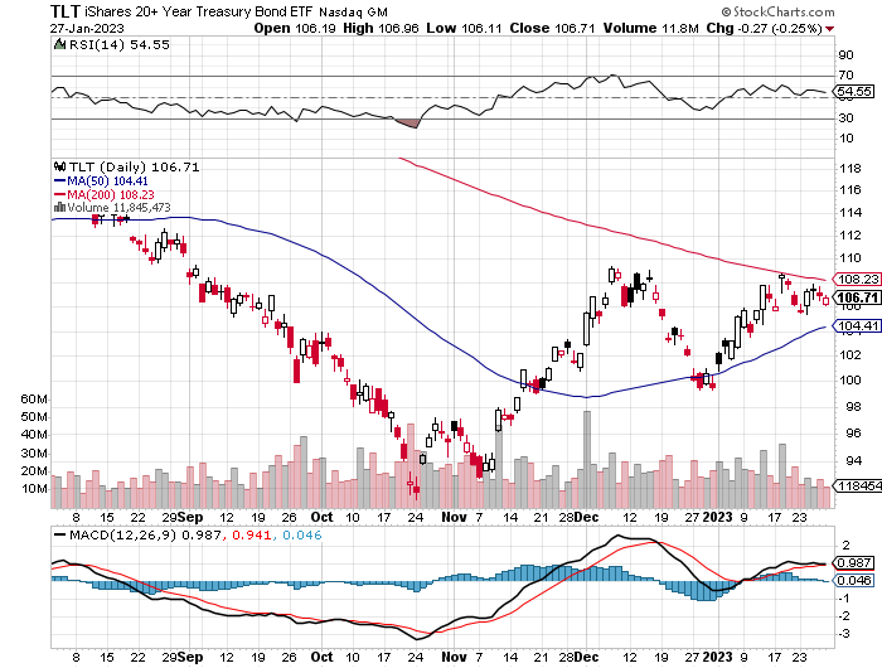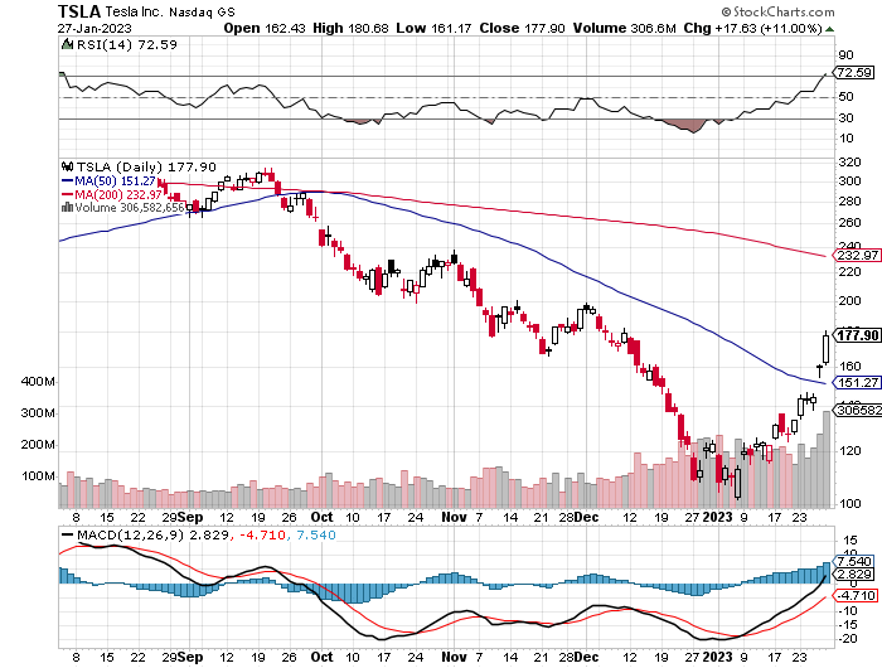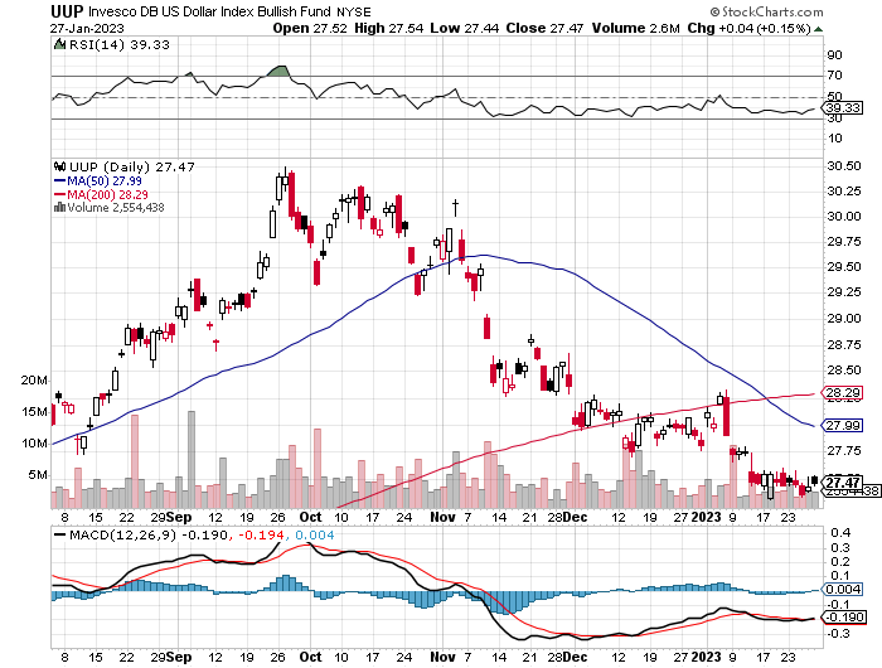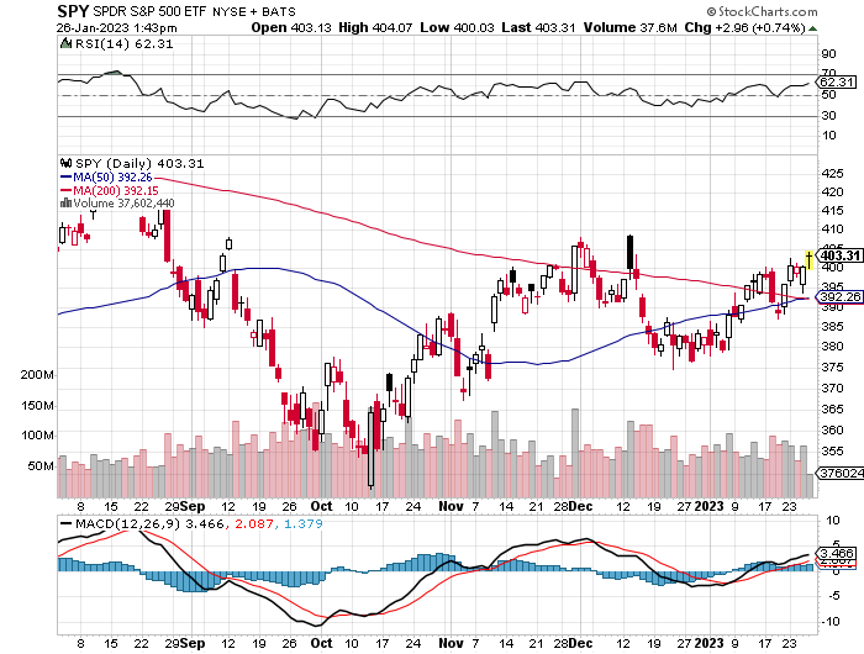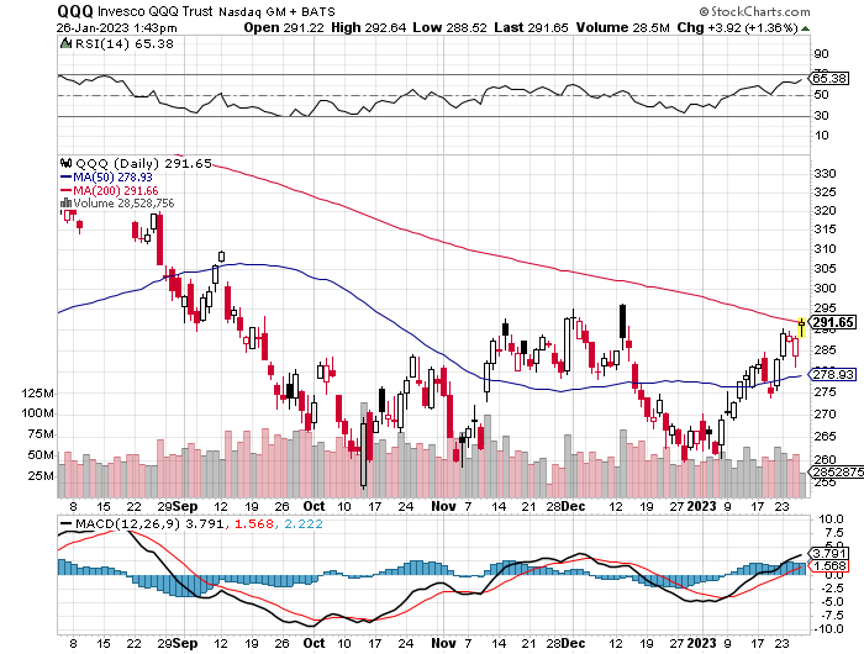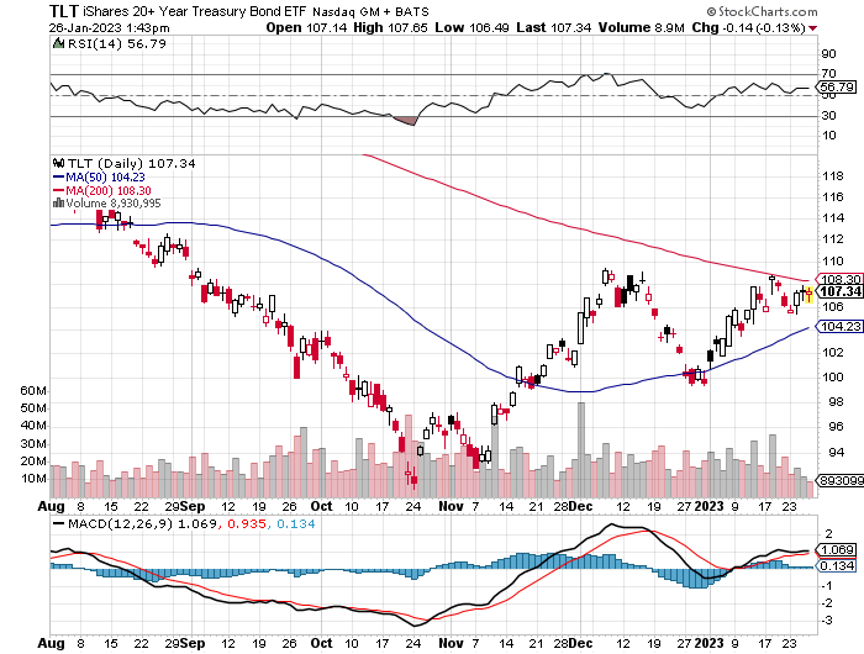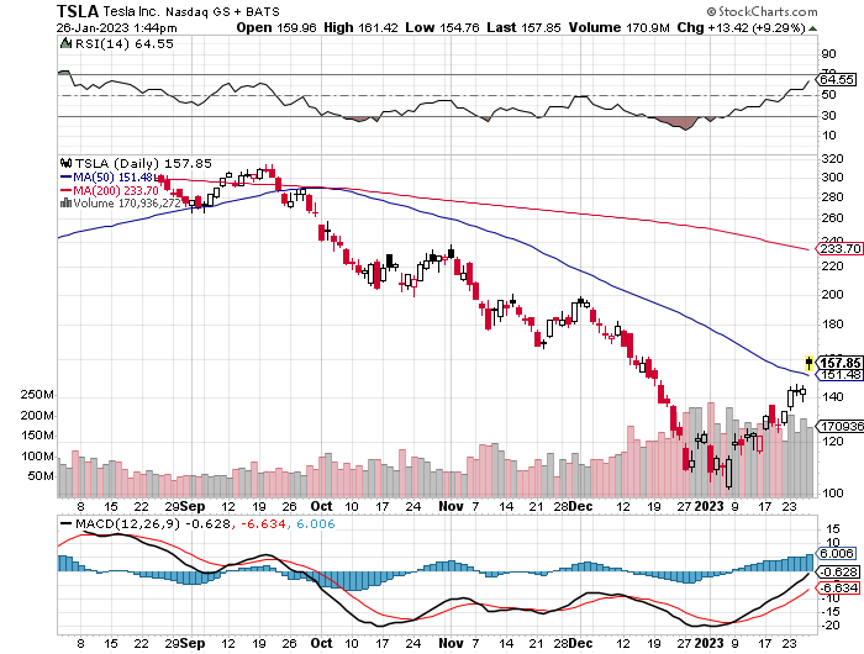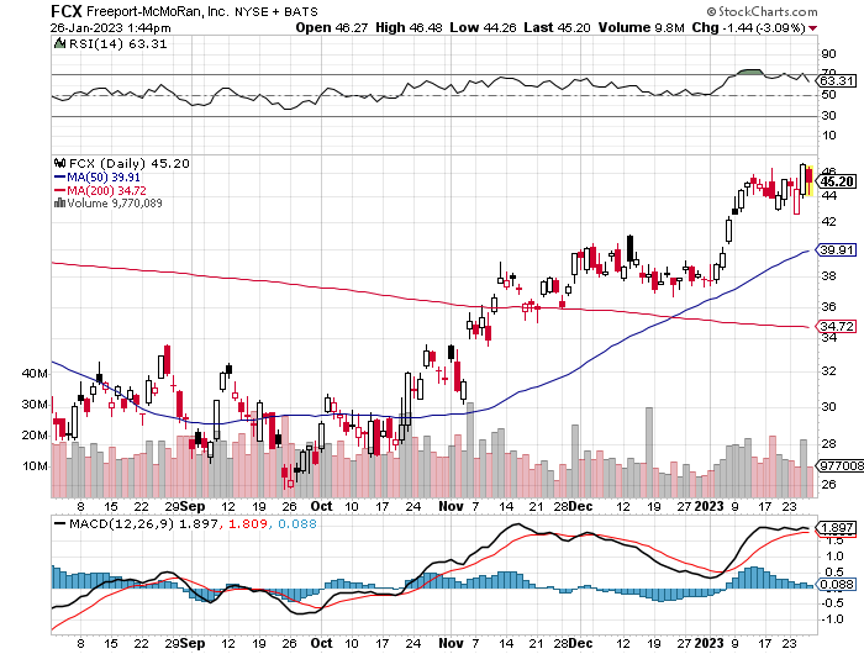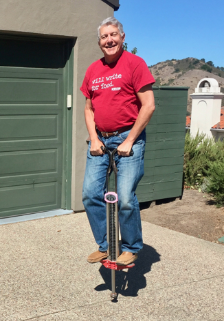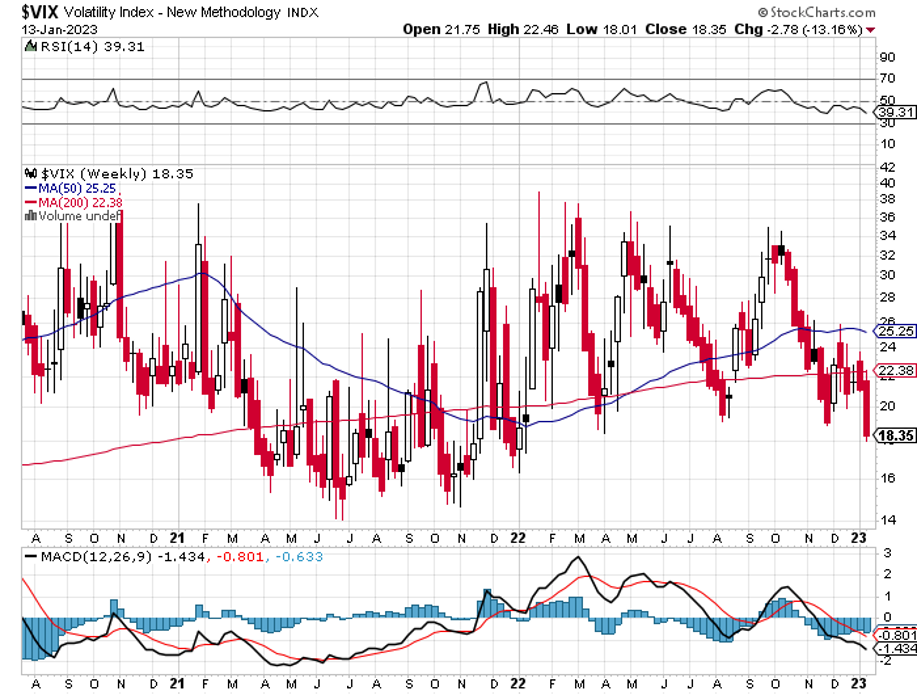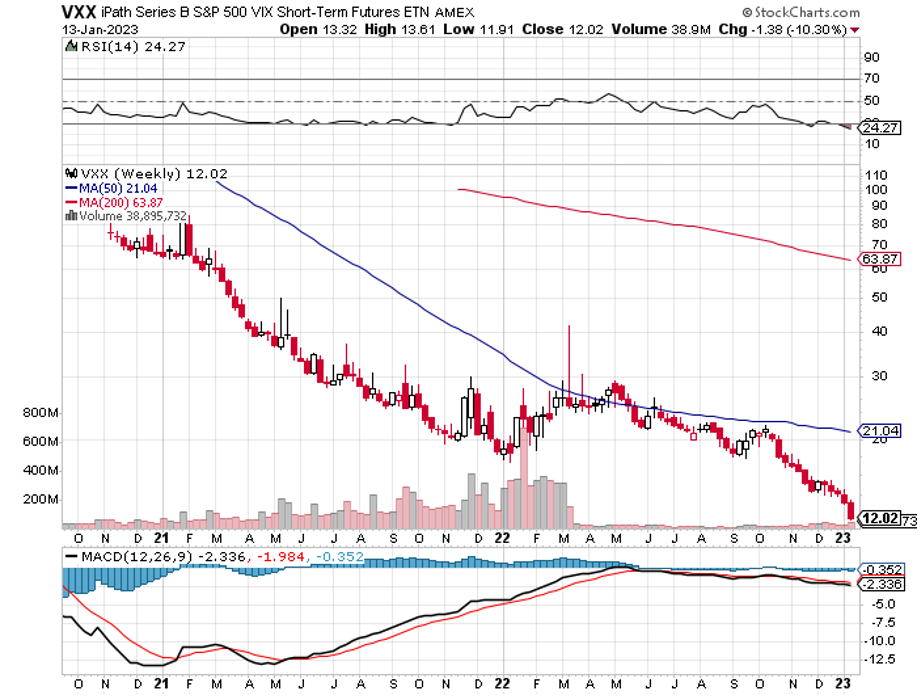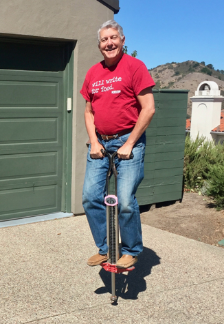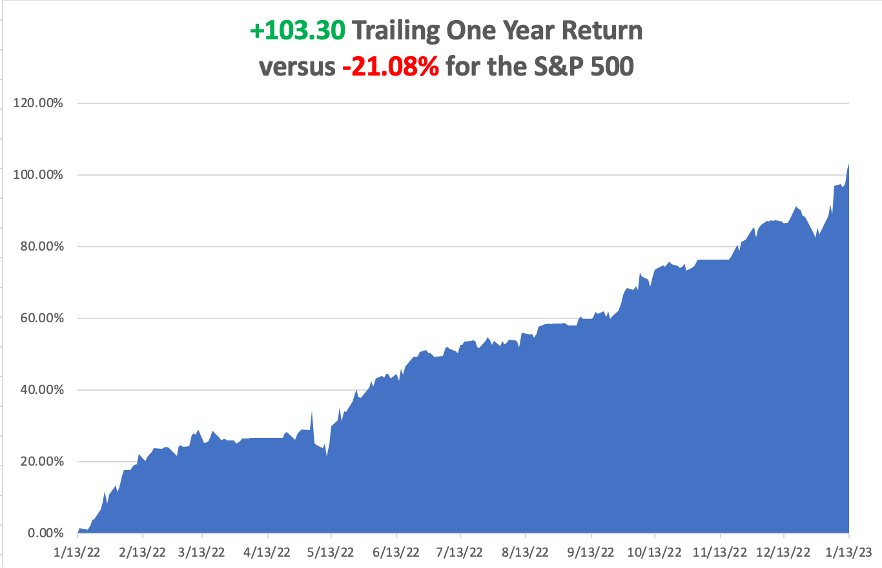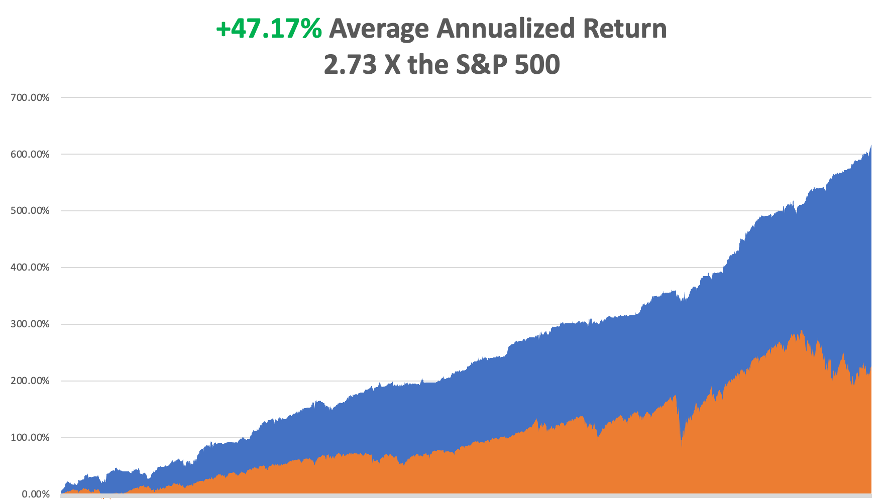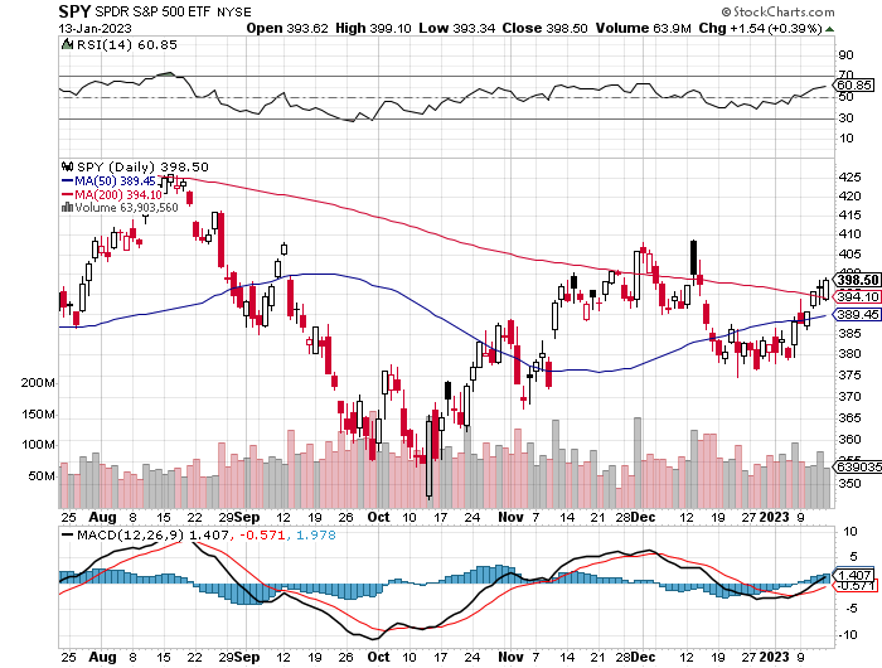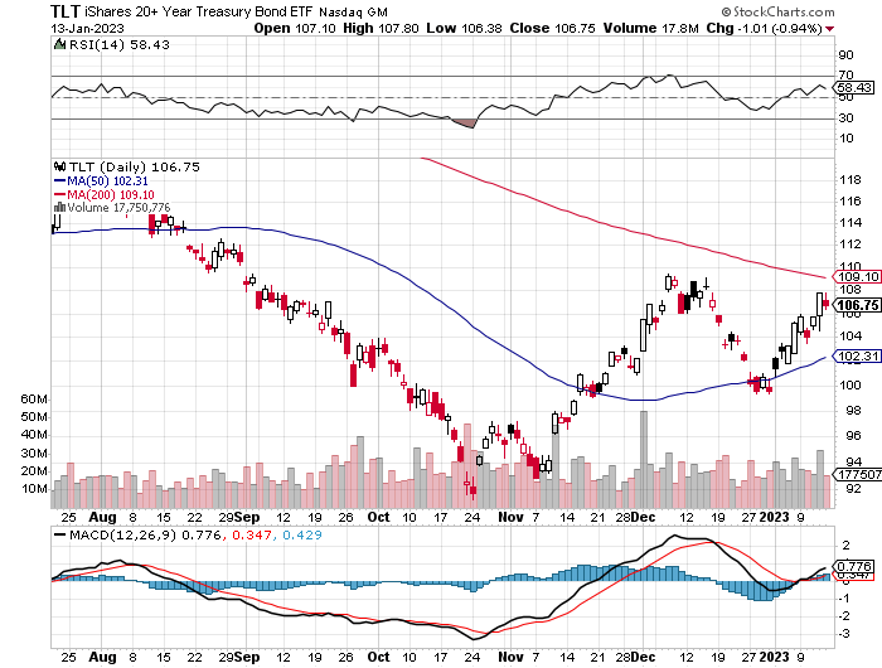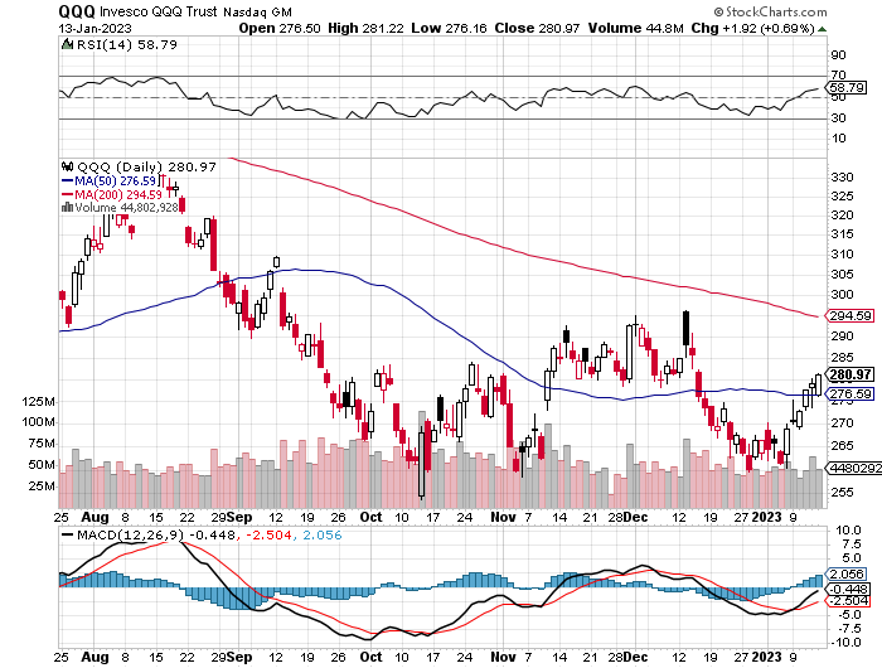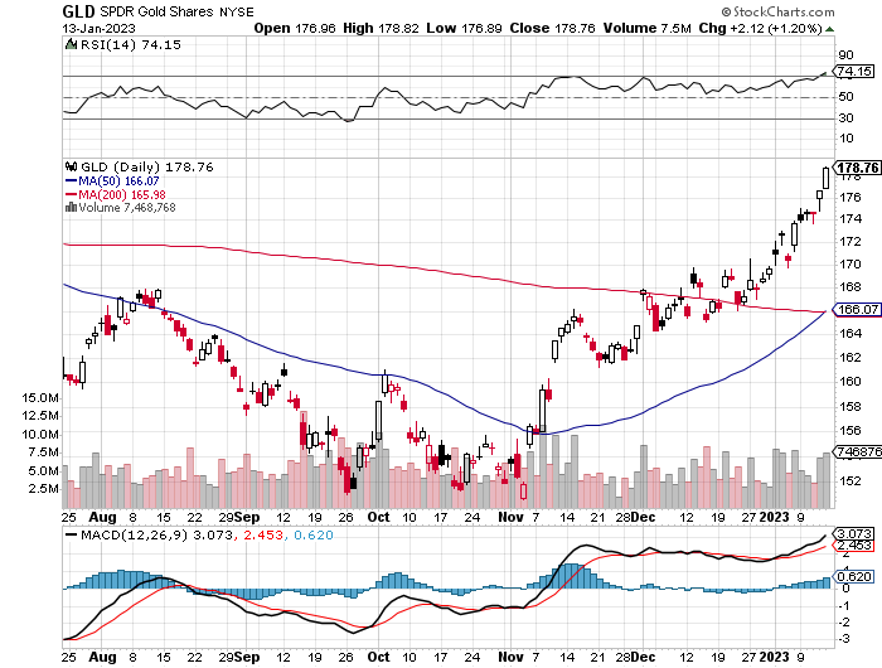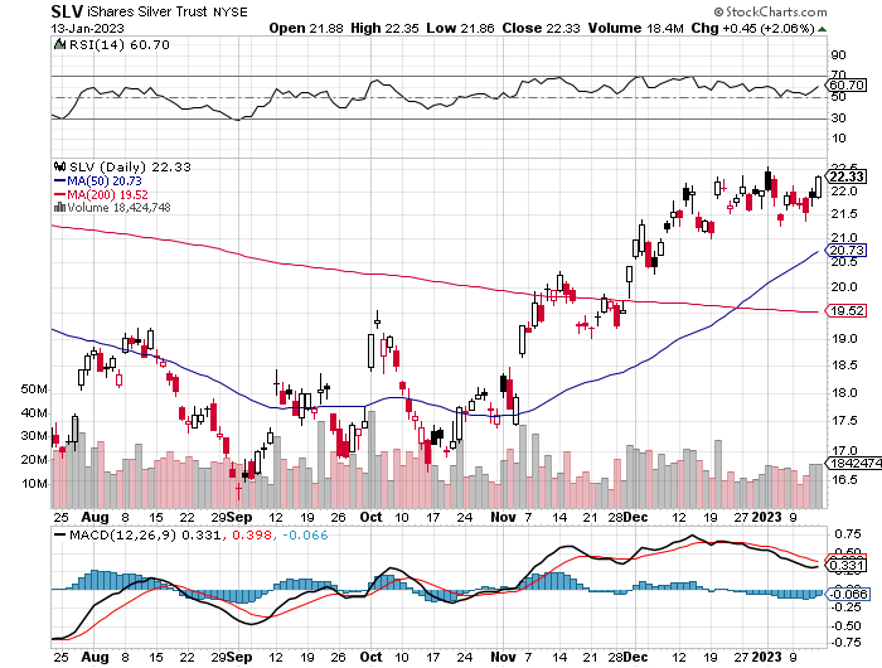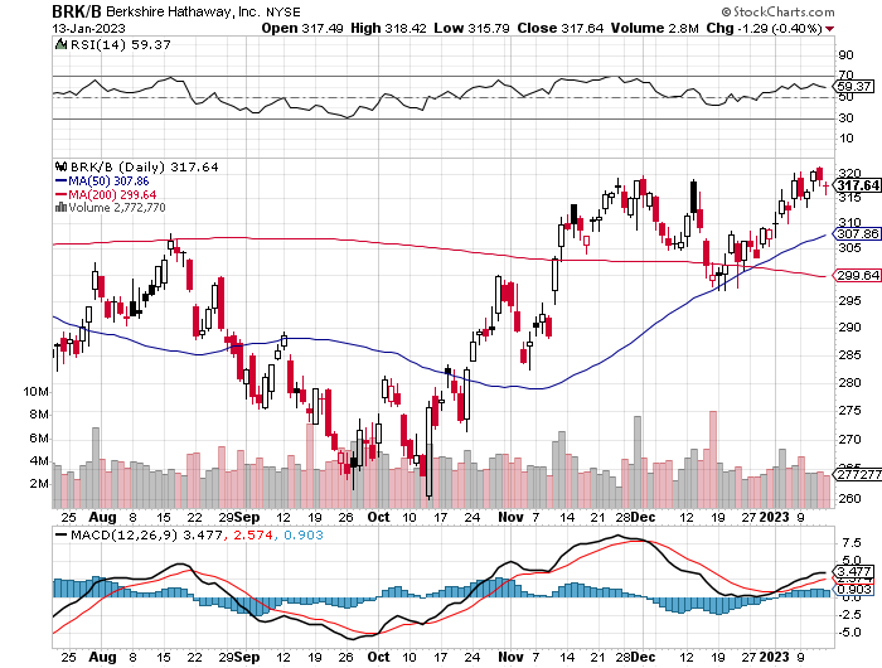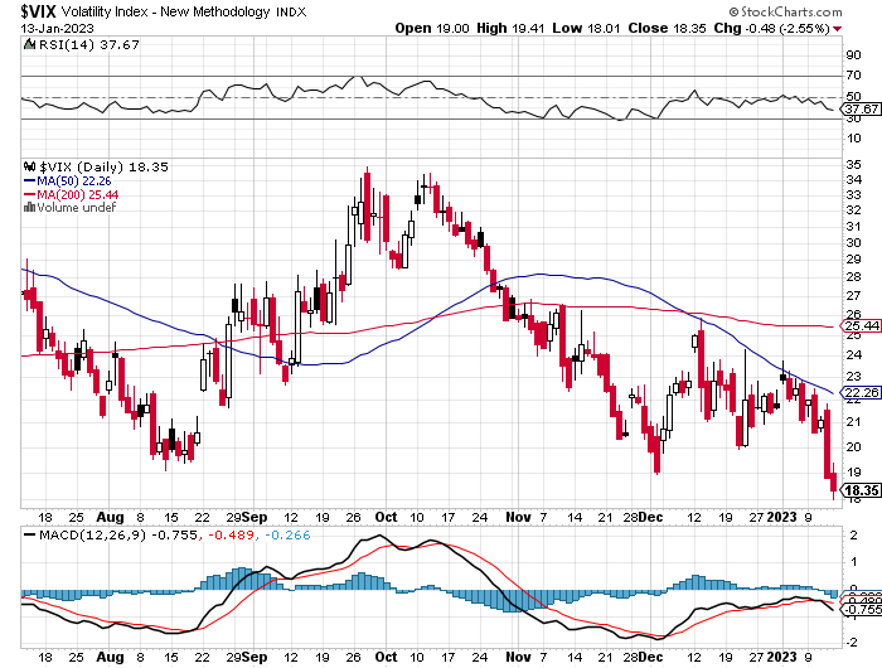Below please find subscribers’ Q&A for the February 8 Mad Hedge Fund Trader Global Strategy Webinar broadcast from Silicon Valley in California.
Q: What do you make of the Chinese balloon that crossed the United States last week?
It was the most overhyped, least consequential event in recent memory, and is not a new thing. There is no chance this was an innocent scientific mission as there was no flight plan filed. What’s China’s new frontline weapon? A catapult? A bow and arrow? Are American balloon makers going to demand increased defense spending? Curiously, no mention was ever made of the three Chinese balloons that crossed the US during the previous administration when no action was taken. My guess is that a Chinese Army faction wanted to keep their defense spending rising and torpedoed any rapprochement that was in the works with the US. Another theory was that they wanted to test our response. There is nothing the balloon could have captured that the Chinese didn’t already have from their satellites or even Google Earth for free. The media coverage has been a flood of false information. If the Chinese really can predict global winds at 60,000 feet two weeks in advance, then their math is so far more advanced than our own then we might as well surrender. By the way, during WWII the Japanese sent 20,000 balloons our way in an attempt to set the Western US on fire. Only one exploded, killing a family in Oregon.
Q: I’m getting worried about my long-term LEAPS in (TLT) and (FCX) given the recent market action. Thanks in advance for your help.
A: The (TLT)'s should be OK by expiration because they hit max profit even in an unchanged bond market. But Republican radicals who want a government shutdown at any price are definitely going to rattle your cage. That’s why I currently have no short-term position in bonds and am waiting for a bigger pullback to maybe $101 before I get back in. As for Freeport McMoRan (FCX) you can take profits any time. The stock doubled after we recommended the LEAPS in October. Longer term, I think (FCX) goes to $100 because of a coming global copper shortage.
Q: Should I buy Royal Caribbean (RCL) because we’re looking at a record-breaking cruise season coming up this year?
A: The time to buy Royal Caribbean was actually last June; it was one of the first outperformers in the market, completely skipped the October meltdown, and is practically doubled off the low. So great idea, just 8 months too late. And that actually is the case with a lot of stocks now—they've had such enormous runs over a short time, that you’re taking a lot of risks to get involved here.
Q: Do you think Silicon Valley should force all workers back into the office? Wouldn't that enhance creativity?
A: It does enhance creativity but at the cost of productivity. People are much more productive when they work at home, don’t have to spend 2 hours commuting, and can build their job around their lifestyle. They work at home cheaper too. So, it’s a trade-off, do you want creativity or do you want productivity? Well, the productive people should stay at home, the creative people should go to the office—it’s a company by company, product by product decision.
Q: You say you never touch 2x and 3x ETFs?
A: The only exception to that is the ProShares UltraShort 20+ Year Treasury ETF (TBT) which we traded for 2.5 years while the bonds were making a straight line move down, or the ProShares Ultra Technology ETF (ROM) which tends to have straight up move like this year. And the only time you could do a 2x is if you think the move in the underlying is going to be so enormous it covers up all the costs of dealing in these ETFs, then it’s worth doing. 3xs I never ever touch them because those reset at the end of the day and are really designed to be intraday hedging instruments, which we’re not interested in.
Q: Are you still bearish on the US dollar (UUP)?
A: Absolutely, we’ve had almost a straight line move down ever since October, and we’re getting a temporary break on that while interest rates stay higher for longer. The next dive in interest rates, the dollar collapses once again.
Q: When you buy back into bonds, where in the curve will you be buying?
A: In bull markets, you always want to buy the longest maturity available. Back in the 1970s, I used to buy WWI infinite British Treasury bonds because they had 100-year maturities, and therefore, in any bull market, have the largest gains. In the US, the 30-year instruments are pretty illiquid, so I focus on the 10-year, which is the iShares 20 Plus Year Treasury Bond ETF (TLT).
Q: What could be the next entry point for Tesla (TSLA) LEAPS?
A: I’m afraid that we have left LEAPS land for Tesla, I mean $100, $110, $120, $130—that’s all LEAP territory. Up here? Not unless you want to do a very low return LEAP like a $150/$160. I don’t see Tesla going below $150. Too many people trying to get into the stock, and Elon Musk is a master at delivering short squeezes, which he has done a perfect job of this year.
Q: What do you think about Real Estate Investment Trusts (REITS)?
A: I love REITS. They are a falling interest rate play. Highly exposed to interest rates, highly leveraged, and you get some great performance—and we’ve already had some since October. I think the bear market in real estate ends this year and we get a new bull in housing that starts next year because we still have a chronic structural shortage of housing. We’re missing about 10 million houses that we need—in that situation, prices go up. In fact, there are still bidding wars going on in the prime residential (mostly rural) parts of the country.
Q: Wouldn’t you want to buy at-the-money calls, not spreads in a low Volatility Index ($VIX) market on a 4-6 month view, because of cheaper pricing?
A: Yes you do, but not on top of a record move to the upside. If we can get a pullback in the markets of a1 /3-1/2 of their recent moves, and the ($VIX) is still low, then that makes all the sense in the world, to buy at the money calls with ($VIX) of $17. The only problem is if we give up half the recent gains, you’re not going to have a ($VIX) at $17 anymore, it’ll be more like $27 if we get a pullback like that and options will be expensive again. It’s amazing how cheap upside exposure gets at market tops—that’s what the ($VIX) market is telling you. In other words, it’s a sucker’s bet. You can’t have your cake and eat it too.
Q: What do you think about Alphabet (GOOGL)?
A: It’s overbought like the rest of the stocks in the sector. But the charts are looking very attractive, with an upside breakout of the 200-day. Long-term, they have a killer business model, but they also have antitrust problems. Again, everything is way too overbought for me to get involved on a short-term basis.
Q: What price would you get in at for Berkshire Hathaway (BRK/B)?
A: It’s not selling off, it’s flatlining. So even a small dip like we had yesterday would be a decent place to get into. Long term we’re looking for $400/share for this by the end of this year.
Q: Will strong wage growth lead the Fed to raise interest rates higher?
A: Well they’ve already said essentially they’re going to do 2 more quarter point rises. Beyond that, the Fed itself doesn’t know. When you have interest rates at 10-20 year highs, and 3.4% unemployment. No one has ever seen that before, there is no playbook for what’s happening now—either in the economy or in the stock market. So everyone’s standing around, scratching their heads, trying to figure out what to do, and waiting for more data to come out to give direction. And I’m in the same position really.
Q: Will the US Treasury bond get down to a 2.0% yield by the end of the year?
A: I think it's a possibility but expect a lot of volatility and fears around prospects of a government shutdown this summer and a debt default. Part of the Republican party seems intent on forcing that, and that is not good for bond longs. You get through that, you could have an absolutely ballistic move up in the (TLT), to $120 or even $130.
Q: Would you consider a LEAPS on housing stocks?
A: LEAPS are things you do at multi-year market bottoms, not after 50% moves; and the housing stocks have actually been moving since June; so that was a June story. Buy low, sell high—it’s my revolutionary new concept; most people do the opposite.
Q: Should I invest in Disney (DIS) on a buy it on a Bob Iger turnaround?
A: Yes, but only on a dip; we’ve already had a massive move. If we don’t get a recession, that is fantastic for Disney’s park business.
Q: What is your target for Silver (SLV)?
A: $50/oz. We’re at $20 now. Silver is becoming the new industrial metal, far outstripping any jewelry demand that you used to have; and that’s because of EVs and solar. Who knew that we’re at 10 million homes with solar panels in California now? That is just an enormous number that’s happened mostly in the last five years.
Q: When you look at Natural Gas, would you consider LEAPS?
A: Yes, but I haven’t run the numbers yet. The price has gotten so low, down 80% in eight months that you buy it even if you hate it.
Q: Should I pay attention to demographics when I invest? What is the most important one right now?
A: Demographics are very important, because children born today become customers in 20 years, and companies will start adapting their policies for those customers now in terms of capital investments and so on. It also affects stock markets now. Also, you always want to invest in the country that had the fastest growing population, which used to be China but isn’t anymore. By the way, the reason the US economy has outperformed Europe by 1% a year in GDP growth for the last 70 years is because we allow immigrants, and they don’t. All parties used to be in favor of immigration while now only one is. Why, I don’t understand.
Q: What about a LEAP on Silver (SLV)?
A: That is a possible candidate because we have had a move, but it’s only been about 20%. It’s not like 50% or 100% like we’ve seen with Tesla (TSLA). There are a few asset classes that are still in LEAPS territory—I think Silver would be one of them, and certainly natural gas (UNG). If I were to do a LEAPS, I’d go out 2 years and do something like a $25-$27; the old high is $50. You should get about a 5x leverage on that kind of LEAPS.
Q: Would you buy LEAPS puts on Carvana (CVNA)?
A: Absolutely not. Again, another great one-year-ago idea, not a now idea. Buy Put LEAPS at extreme market tops, not now. Carvana had dropped 95% in the last year.
Q: Is seasonality an important consideration in your trading strategy?
A: Absolutely yes. If you buy stocks in November and do the sell-in-May strategy, your average annual return is something like 20% a year. If you buy stocks in May and sell them in December, the 70-year return on that is zero. I love having the tailwind of seasonality; I can’t remember seeing it when it didn’t work. It’s an important consideration, and we’re right in the middle of the “BUY” season and the market is agreeing with me.
Q: You should do a LEAPS letter.
A: I already do in fact do a LEAPS letter, and it’s called the Mad Hedge Concierge Service where we have a whole website dedicated to just LEAPS. Some ten out of 12 made money last year, and some went up 10X. Contact customer support at support@madhedgefundtrader.com if you’re interested. Concierge members are very happy with their LEAPS coverage.
To watch a replay of this webinar with all the charts, bells, whistles, and classic rock music, just log in to www.madhedgefundtrader.com , go to MY ACCOUNT, click on GLOBAL TRADING DISPATCH or TECHNOLOGY LETTER, then WEBINARS, and all the webinars from the last 12 years are there in all their glory.
Good Luck and Stay Healthy,
John Thomas
CEO & Publisher
The Diary of a Mad Hedge Fund Trader
At 29 Palms in my M1 Abrams Tank in 2000

